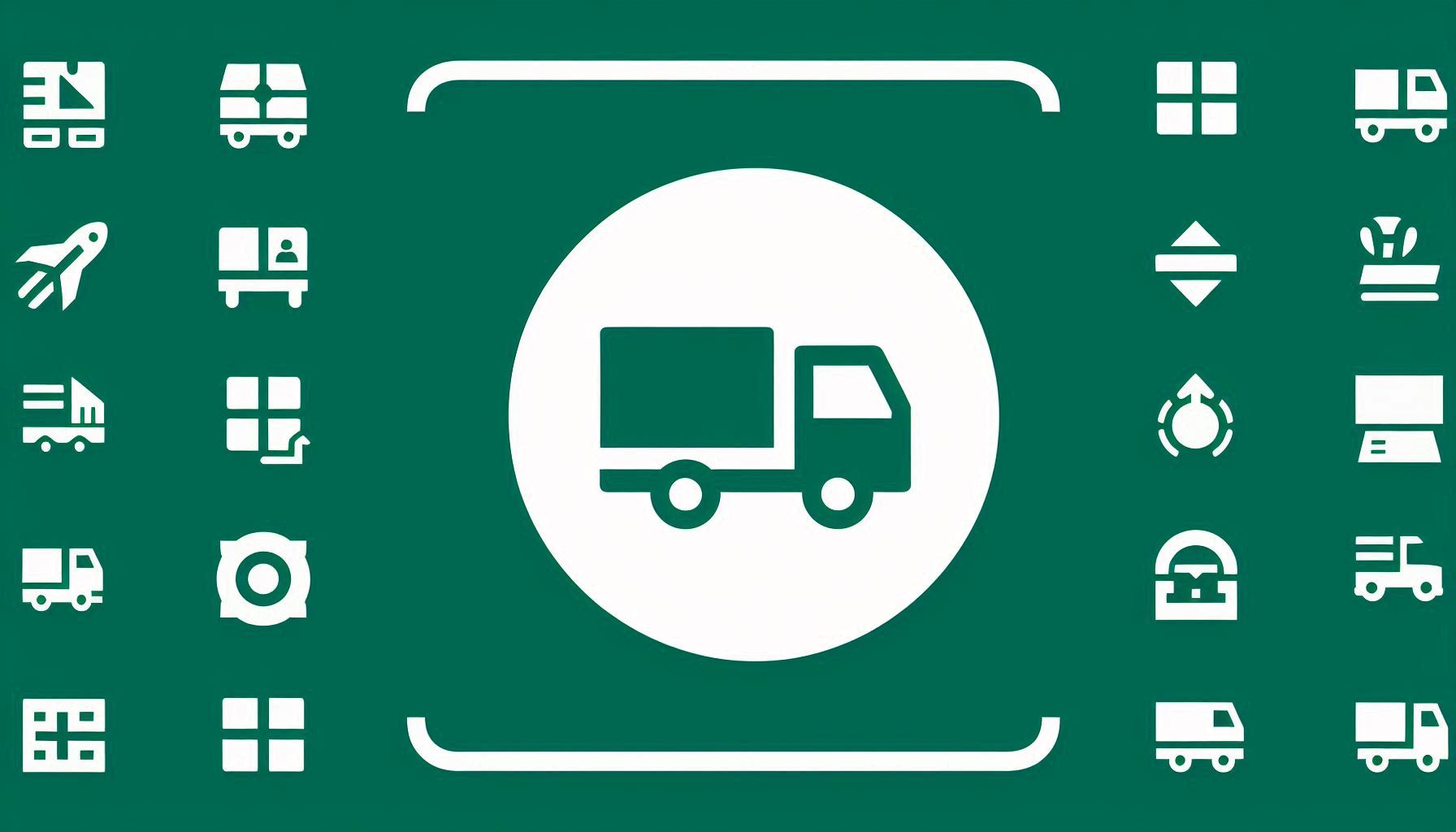Fusing Visual Quantified Features for Heterogeneous Traffic Flow Prediction

Downloads
This paper presents a novel traffic flow prediction method emphasising heterogeneous vehicle characteristics and visual density features. Traditional models often overlook the variety of vehicles, resulting in inaccuracies. The proposed method utilises visual techniques to quantify traffic features, such as mixed flow and vehicle accumulation, enhancing dynamic density estimation and flow fluidity. We introduce a spatio-temporal prediction model that integrates various data types, capturing complex dependencies and improving accuracy. This research advances traffic flow prediction by considering the diverse nature of vehicles and leveraging visual data, offering valuable insights for intelligent transportation systems. Experimental results demonstrate the superiority of this approach over conventional methods, especially in capturing traffic flow fluctuations.
Downloads
Kong X, et al. Urban traffic congestion estimation and prediction based on floating car trajectory data. Future Generation Computer Systems. 2016;61:97–107. DOI: 10.1016/j.future.2015.11.013.
Montanino M, Monteil J, Punzo V. From homogeneous to heterogeneous traffic flows: Lp string stability under uncertain model parameters. Transportation Research Part B: Methodological. 2021;146:136–154. DOI: 10.1016/j.trb.2021.01.009.
Chen J, et al. A review of vision-based traffic semantic understanding in ITSs. IEEE Transactions on Intelligent Transportation Systems. 2022;23(11):19954–19979. DOI: 10.1109/TITS.2022.3182410.
Chen J, et al. Disparity-based multiscale fusion network for transportation detection. IEEE Transactions on Intelligent Transportation Systems. 2022;23(10):18855–18863. DOI: 10.1109/TITS.2022.3161977.
Liu C, et al. A vision-based pipeline for vehicle counting, speed estimation, and classification. IEEE Transactions on Intelligent Transportation Systems. 2020;22(12):7547–7560. DOI: 10.1109/TITS.2020.3004066.
Aboah A. A vision-based system for traffic anomaly detection using deep learning and decision trees. Proceedings of the IEEE/CVF Conference on Computer Vision and Pattern Recognition, 19-25 June 2021, Nashville, TN, USA. 2021. p. 4207–4212. DOI: 10.1109/CVPRW53098.2021.00475.
Siregar ML, Tjahjono T. Speed characteristics of heterogeneous traffic on inter-urban roads in Indonesia. Transportation research. 2021;52:404-411. DOI: 10.1016/j.trpro.2021.01.047.
Han J, Wang X, Wang G. Modeling the car-following behavior with consideration of driver, vehicle, and environment factors: A historical review. Sustainability. 2022;14(13):8179. DOI: 10.3390/su14138179.
Hobeika AG, Kim CK. Traffic-flow-prediction systems based on upstream traffic. Proceedings of VNIS'94-1994 Vehicle Navigation and Information Systems Conference, 31 Aug. 1994 - 02 Sept. 1994, Yokohama, Japan. 1994:345–350. DOI: 10.1109/VNIS.1994.396815.
Ganji A, Zhang M, Hatzopoulou M. Traffic volume prediction using aerial imagery and sparse data from road counts. Transportation research part C: emerging technologies. 2022;141:103739. DOI: 10.1016/j.trc.2022.103739.
Haghani A, et al. Data collection of freeway travel time ground truth with bluetooth sensors. Transportation Research Record. 2010;2160(1):60–68. DOI: 10.3141/2160-07.
Adu-Gyamfi Y, et al. Reliability of probe speed data for detecting congestion trends. 2015 IEEE 18th International Conference on Intelligent Transportation Systems, 15-18 Sept. 2015, Gran Canaria, Spain. 2015. p. 2243-2249. DOI: 10.1109/ITSC.2015.362.
He R, et al. Deep spatio-temporal 3D densenet with multiscale ConvLSTM-Resnet network for citywide traffic flow forecasting. Knowledge-Based Systems. 2022;250:109054. DOI: 10.1016/j.knosys.2022.109054.
He K, Zhang X, Ren S, Sun J. Deep residual learning for image recognition. Proceedings of the IEEE conference on computer vision and pattern recognition, 27-30 June 2016, Las Vegas, NV, USA. 2016. p. 770–778. DOI: 10.1109/CVPR.2016.90.
Guo K, et al. Hierarchical graph convolution network for traffic forecasting. Proceedings of the AAAI conference on artificial intelligence. 2021;35(1):151–159. DOI: 10.1609/aaai.v35i1.16088.
Zhang X, et al. Traffic flow forecasting with spatial-temporal graph diffusion network. Proceedings of the AAAI conference on artificial intelligence. 2021;35(17):15008–15015. DOI: 10.1609/aaai.v35i17.17761.
Yang D, et al. MF-CNN: traffic flow prediction using convolutional neural network and multi-features fusion. IEICE TRANSACTIONS on Information and Systems. 2019;102(8):1526–1536. DOI: 10.1587/transinf.2018EDP7330.
Yang X, Yuan Y, Liu Z. Short-term traffic speed prediction of urban road with multi-source data. IEEE Access. 2020;8:87541–87551. DOI: 10.1109/ACCESS.2020.2992507.
Qian ZS, et al. Modeling heterogeneous traffic flow: A pragmatic approach. Transportation Research Part B: Methodological. 2017;99:183–204. DOI: 10.1016/j.trb.2017.01.011.
Chen J, et al. A flow feedback traffic prediction based on visual quantified features. IEEE Transactions on Intelligent Transportation Systems. 2023;24(9):10067–10075. DOI: 10.1109/TITS.2023.3269794.
Wang P, Hao W, Jin Y. Fine-grained traffic flow prediction of various vehicle types via fusion of multisource data and deep learning approaches. IEEE Transactions on Intelligent Transportation Systems. 2020;22(11):6921–6930. DOI: 10.1109/TITS.2020.2997412.
Cho K, et al. Learning phrase representations using RNN encoder-decoder for statistical machine translation. Proceedings of the 2014 Conference on Empirical Methods in Natural Language Processing (EMNLP), 25-29 Oct. 2014, Doha, Qatar. 2014. p. 1724–1734. DOI: 10.3115/v1/D14-1179.
Snyder C, Do M. Streets: A novel camera network dataset for traffic flow. Advances in Neural Information Processing Systems. 2019;32. https://proceedings.neurips.cc/paper_files/paper/2019/file/ee389847678a3a9d1ce9e4ca69200d06-Paper.pdf
Park D, Rilett LR. Forecasting freeway link travel times with a multilayer feedforward neural network. Computer-Aided Civil and Infrastructure Engineering. 1999;14(5):357–367. DOI: 10.1111/0885-9507.00154.
Abdelraouf A, Abdel-Aty M, Mahmoud N. Sequence-to-sequence recurrent graph convolutional networks for traffic estimation and prediction using connected probe vehicle data. IEEE Transactions on Intelligent Transportation Systems. 2022;24(1):1395–1405. DOI: 10.1109/TITS.2022.3168865.
Fang M, et al. FTPG: A fine-grained traffic prediction method with graph attention network using big trace data. IEEE Transactions on Intelligent Transportation Systems. 2021;23(6):5163–5175. DOI: 10.1109/TITS.2021.3049264.
Copyright (c) 2024 Qinyang WANG, Jing CHEN, Ying SONG, Xiaodong LI, Wenqiang XU

This work is licensed under a Creative Commons Attribution-NonCommercial 4.0 International License.




















